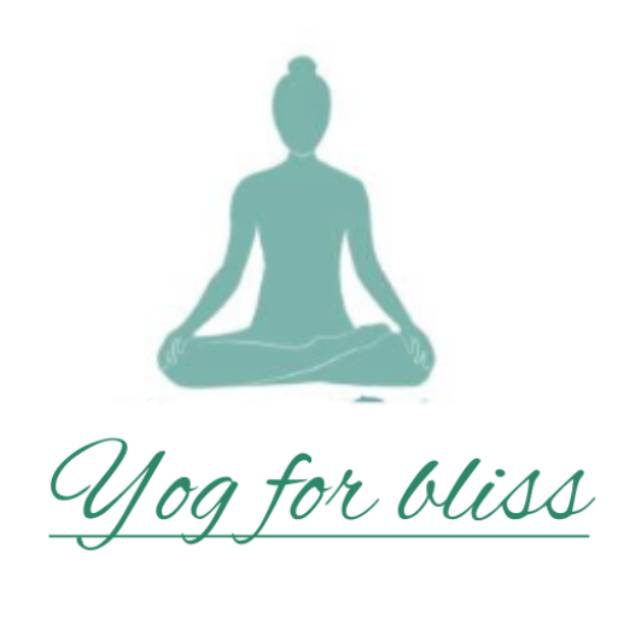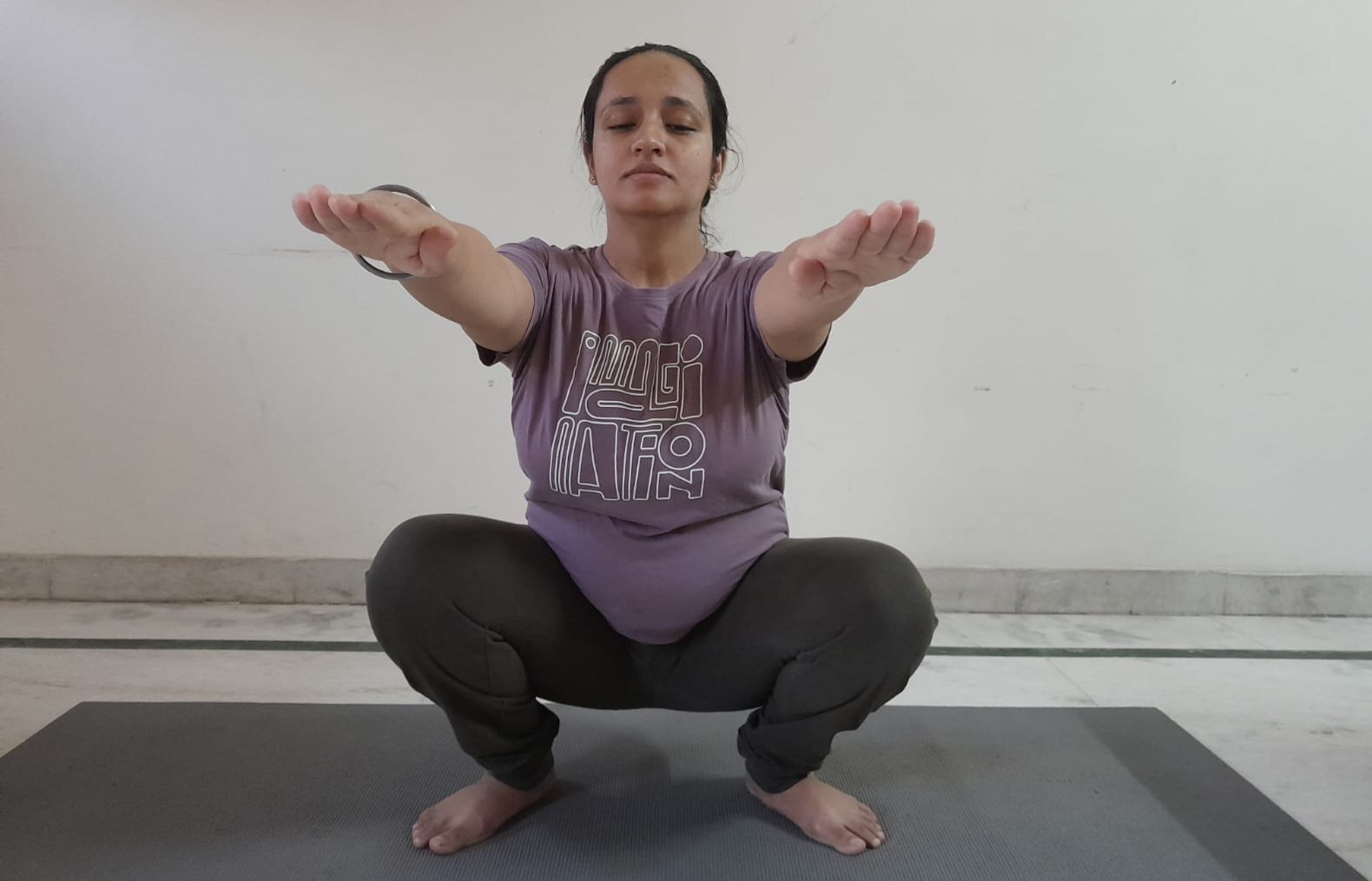Sadhguru views Ashtanga Yoga, which translates to “eight limbs of yoga,” as a comprehensive system for self-transformation and realizing one’s full potential. He emphasizes the importance of the eight limbs as disciplines or tools to achieve a state of Samadhi, or union with the self, rather than steps to be followed sequentially. The eight limbs, as outlined by Patanjali, are: Yama (moral codes), Niyama (self-discipline), Asana (postures), Pranayama (breath control), Pratyahara (sense withdrawal), Dharana (concentration), Dhyana (meditation), and Samadhi (oneness with the self).
Elaboration:
- Yama and Niyama:These are the ethical guidelines and self-discipline aspects of yoga, setting a foundation for a conscious and compassionate life.
- Asana:Sadhguru views asanas as physical preparations, helping the body become a conduit for higher possibilities. He emphasizes the importance of experiencing asanas with awareness, rather than just performing them.
- Pranayama:Breath control, a crucial element for regulating energy flow and cultivating mental clarity.
- Pratyahara:This limb involves withdrawing the senses from external stimuli and turning inward, allowing for deeper self-awareness and a greater connection to one’s inner self.
- Dharana, Dhyana, and Samadhi:These three limbs form the core of the meditative process, progressing from focused attention (dharana) to uninterrupted meditation (dhyana) and finally to a state of oneness or samadhi, where the individual experiences their true nature.
Sadhguru’s approach to Ashtanga Yoga emphasizes a holistic path, where all eight limbs work together to cultivate a state of well-being and inner peace. He encourages practitioners to integrate these disciplines into their daily lives, rather than treating them as isolated practices.
adhguru’s approach to Ashtanga Yoga emphasizes a holistic path, where all eight limbs work together to cultivate a state of of well-being and inner peace. He encourages practitioners to integrate these disciplines into their daily lives, rather than treating them as isolated practices.
“Yoga is not a philosophy; it is a reality you can experience and explore.” Sadhguru
The main purpose of exercise is to increase circulation and the intake of oxygen. This can be achieved by simple movement of the best spine and various joints of the body, with deep breathing, and without violent movement of the muscles.
Proper exercise points of yoga
Proper exercise act as a lubricating mechanism for the joints, muscle, ligament, tendon, and other parts of the body, by increasing circulation and flexibility.The fundamental difference between the ancient wisdom of Yoga into 5 basic principles that physical exercise emphasizes the violent movements of the muscles, while Yogic exercises promote slow and conscious movements of the body.
- Percent of market capitalization outside of top 10 largest companies
- Account capitalization and outstanding domestic private debt securities to GDP
- Volatility (standard deviation / average) of stock price index, sovereign bond index
- Turnover of bonds (private, public) on securities exchange
- Correlation with major bond returns (German, US) Financial Institutions

